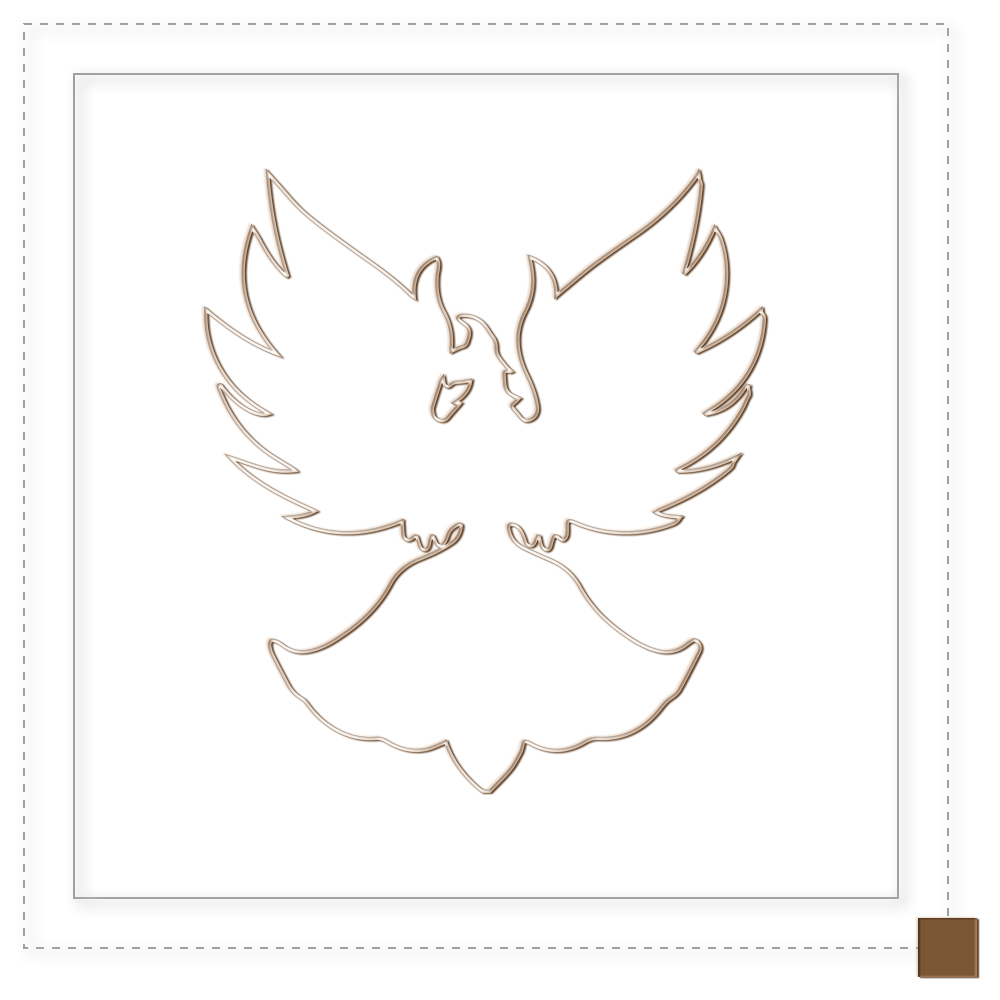A study by Tang Hao, Director of the Publication Office at the National Institute of Martial Arts, who visited the strategic sites of AMC (WuDang - ChenJiGaou - Shaolin) concluded that TaiJiQuan had not been created by Chang San Feng, but certainly by CHEN WanTing of ChengJiaGou.
General Qi JiGuang's name is often mentioned, and he is said to have composed a military song, the Boxing Canon (QUANJING), from his military treatise, the JI XIAO XIN SHU, which inspired CHEN WANTING to create the CHEN family's TaiJiQuan.
However, TaiJiQuan is the result of the alchemy and quintessence of certain martial techniques existing in China with the benefits and contributions of Traditional Chinese Medicine. Genius and enlightenment have elevated this art to the highest level, while preserving its deep philosophical meaning.
It is very likely that Shaolin boxing from Henan province also had a small influence and contributed to the development of certain Taiji techniques (if only for the purpose of retaliation). Shaolin techniques were quickly adopted by armies (TANG and SONG dynasties 618-1279), then under the MANDCHOUS the temple became a hotbed of resistance, destroyed and burned several times, the masters dispersed throughout the country and the monks revealed their art to numerous secret societies and villages.
It is also possible that the notions of "internal" (NEI JIA) and "external" (WAI JIA) emerged during this period. Practitioners of this style wished to distance themselves from temple techniques in order to avoid mistrust with the powers that be.
Indeed, to defeat an opponent, you need to know his fighting style without revealing your own. This is certainly one of the motivations behind the birth and origin of internal martial techniques. To cope with the power of external techniques, the TAOÏSTES used the resources of the supple path of alternating YIN and YANG forces. Since the MING dynasty, the CHEN family could have developed the martial art from this ideology.
Long before that, Emperor YN XANG encouraged his soldiers to practice exercises to maintain their health. The TCHEOU LA YI frescoes (circa -700) reveal the existence of a specific martial form. TAOIST texts mention the practice of "DAOYIN" (-400), an energetic health science designed to awaken physical, mental and psychic vigilance in all aspects of life! Similarly, the MAWANGDUI frescoes testify to the value of physical exercises inspired by animal observation!
This is an important and indisputable influence which will enable us to support our judgement on the prophylactic effects contained in the arts of TaiJi.
The famous TAOIST doctors HUATAO and GE HONG (HAN dynasty 25 - 220) created medical techniques with martial connotations and more pronounced respiratory techniques.
From this time onwards, doctors and Taoist masters paved the way for the internal arts by closely combining emergency resuscitation techniques, massage methods and dietetic therapy.
In this way, the health and martial arts would have merged through the Taoist way, and this, until the 13th century.
Although the existence of CHANG SAN FENG may be disputed, the ingredients were there for the birth of the internal martial arts: TAIJI QUAN, XING YI QUAN and BAGUA QUAN.



